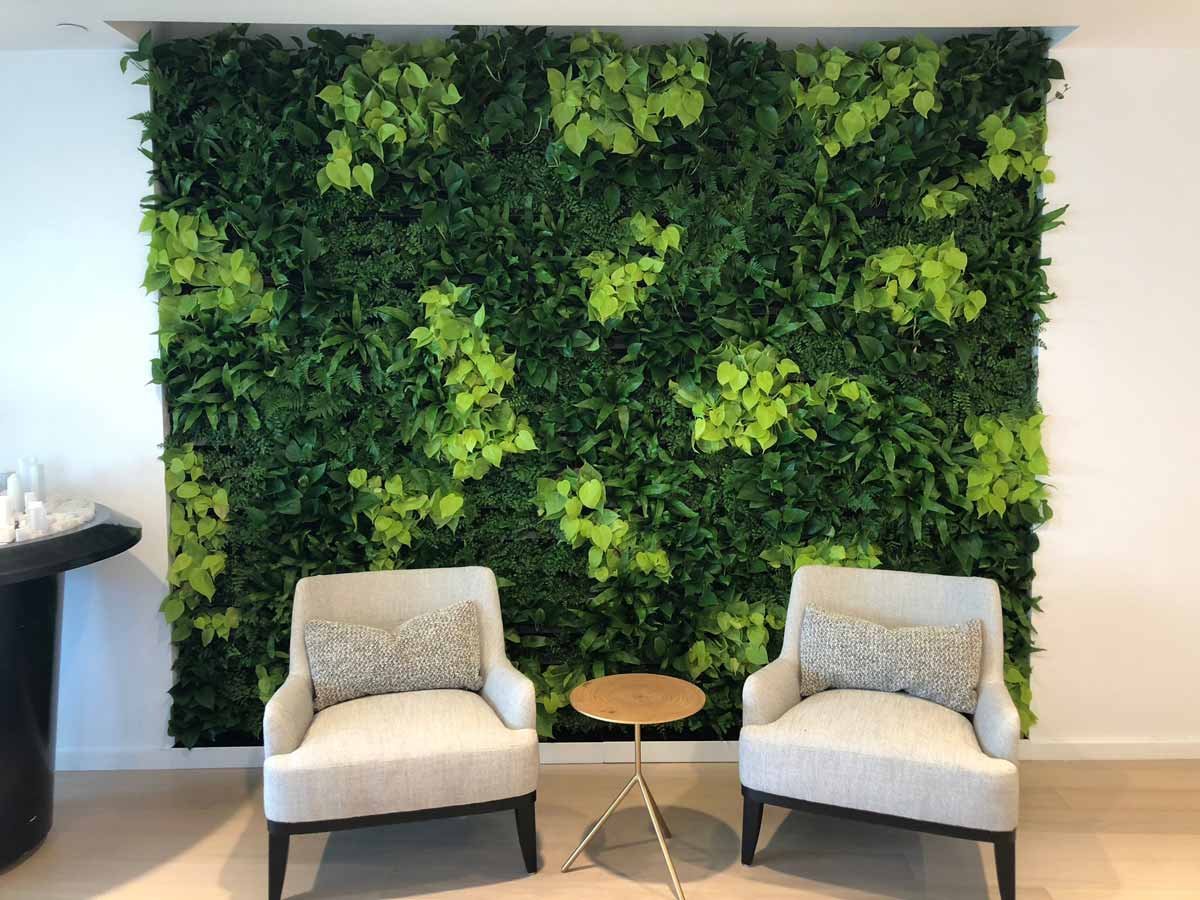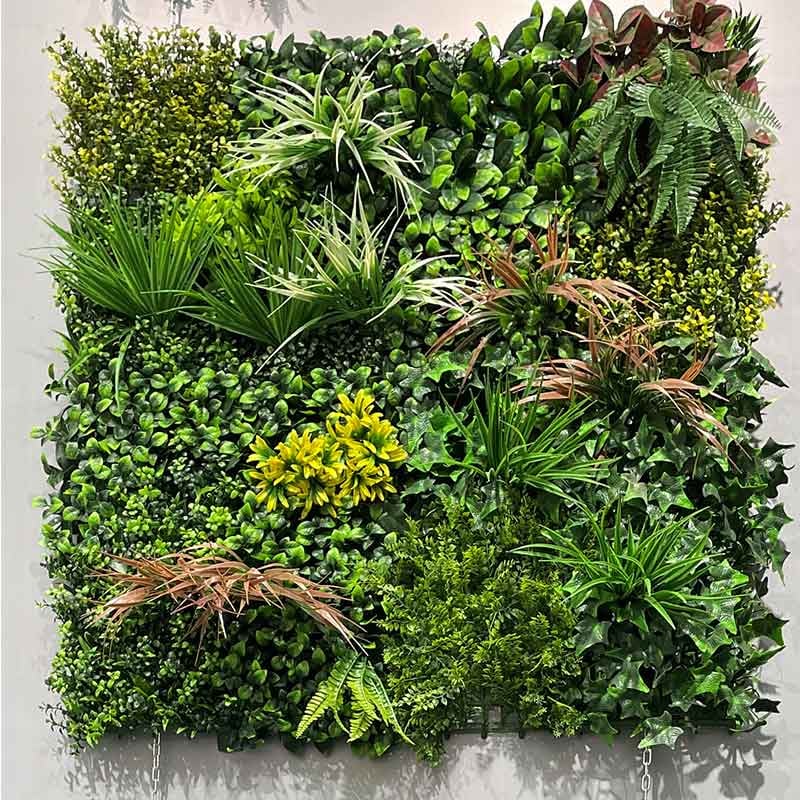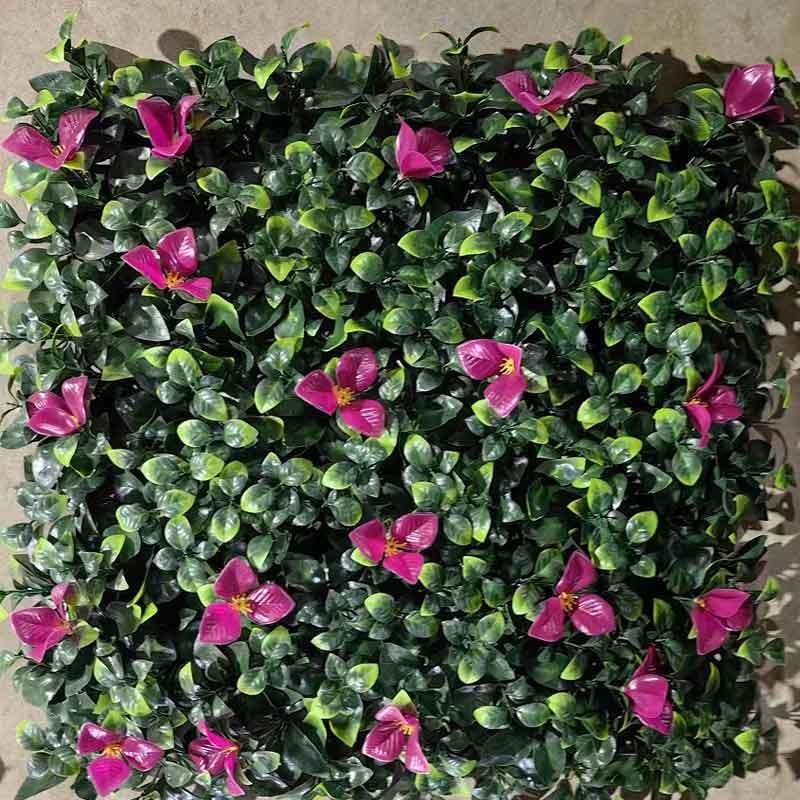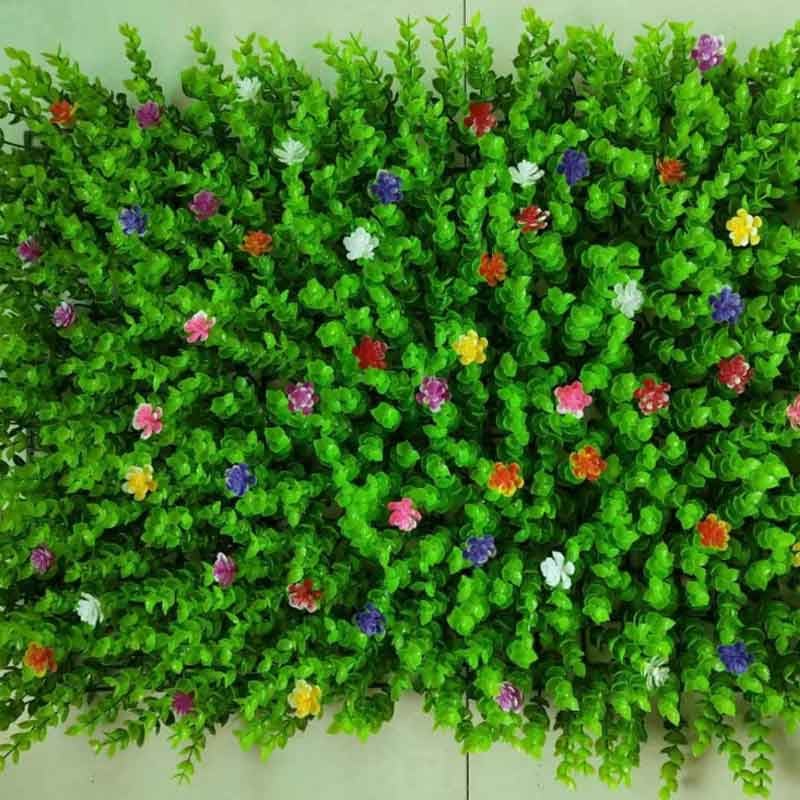Indoor plant walls, also known as living walls or vertical gardens, are a fantastic way to bring nature into your home. They add a refreshing touch of greenery, improve air quality, and make a bold design statement. Whether you’re looking to create a small accent wall or a large vertical garden, building an indoor plant wall can transform any space. This guide will walk you through how to make a plant wall indoor, from planning to installation and maintenance.

Why Build an Indoor Plant Wall?
Before diving into the process, it’s essential to understand the benefits of having an indoor plant wall:
- Aesthetic Appeal: A plant wall adds beauty and character to any room, creating a unique focal point.
- Air Purification: Plants help purify the air by removing toxins and releasing oxygen, improving indoor air quality.
- Space Efficiency: Vertical gardens are perfect for small spaces where traditional potted plants may take up too much room.
- Mood Enhancement: Being around greenery has been shown to reduce stress, improve mood, and increase productivity.
Tools and Materials Needed
To create an indoor plant wall, you’ll need the following tools and materials:
- Plant wall frame or hanging pockets
- Plants (such as ferns, succulents, herbs, or trailing vines)
- Soil or growing medium
- Waterproof backing (to protect the wall)
- Mounting hardware
- Drill and screws
- Irrigation system (optional for large installations)
- Moisture barrier or plastic sheet
- Fertilizer (optional)
Step-by-Step Guide to Make an Indoor Plant Wall
Step 1: Choose the Location
The first step in creating an indoor plant wall is selecting the right location. Here are some considerations:
- Lighting: Most indoor plants need access to natural light. Choose a location near a window or an area with indirect sunlight. If your space lacks sufficient natural light, consider installing grow lights to ensure the plants receive the light they need to thrive.
- Wall Strength: Make sure the wall can support the weight of the plant wall system, especially when it’s filled with soil, plants, and water.
- Accessibility: Select a location where you can easily access the plants for watering, pruning, and maintenance.
Step 2: Decide on the Type of Plant Wall System
There are several options for building an indoor plant wall. Choose the one that best fits your space, budget, and design preferences:
- Hanging Pocket Systems: These are fabric or felt pockets that you can hang on the wall. They’re easy to install and are ideal for small, lightweight plants like herbs and succulents.
- Modular Panels: These are pre-made plastic or metal panels with slots for pots or plants. They can be arranged in different configurations and are perfect for creating a large plant wall.
- DIY Wooden Shelves: If you prefer a more traditional approach, you can build shelves and place individual potted plants on them. This option offers flexibility in rearranging plants and replacing them as needed.
- Frame-Based Systems: A frame system allows you to create a living wall by attaching plants to a structure mounted on the wall. This is a great option for creating a larger, more dramatic installation.
Step 3: Prepare the Wall
Once you’ve chosen your location and system, it’s time to prepare the wall:
- Protect the Wall: To prevent moisture damage, install a moisture barrier or plastic sheet on the wall behind the plant wall system. This will help protect the wall from water leaks and humidity.
- Install Mounting Hardware: Use a drill and screws to attach the mounting system to the wall. If you’re using a hanging pocket system or modular panels, follow the manufacturer’s instructions for securing the units to the wall.
Step 4: Select the Right Plants
Choosing the right plants is key to ensuring your indoor plant wall thrives. Here are some plant types that do well in indoor vertical gardens:
- Low-Light Plants: If your plant wall is in a low-light area, opt for shade-loving plants like ferns, pothos, or peace lilies.
- Succulents: For a low-maintenance option, succulents like echeveria, jade plants, and aloe vera are ideal. They require minimal watering and are well-suited for vertical installations.
- Trailing Vines: Plants like philodendron and ivy are perfect for creating a cascading effect on your plant wall.
- Herbs: If you want a functional plant wall, consider growing herbs like basil, mint, or thyme. These are great for a kitchen garden and add a fresh aroma to your home.
Make sure to choose plants with similar light, water, and soil requirements to ensure they grow well together.
Step 5: Planting and Arranging the Plants
Now that your structure is in place, it’s time to start planting:
- Fill the Pockets or Pots with Soil: Use a good-quality, well-draining potting mix for your plants. Some plants, like succulents, may need specific soil types, so check your plant’s requirements.
- Position the Plants: Arrange the plants in a visually appealing way. Place larger plants at the bottom and trailing plants toward the top to create balance. If you’re using a modular system or pockets, you can switch plants around until you’re happy with the arrangement.
- Pack the Soil: Gently pack soil around each plant’s roots to hold them in place. Ensure the plants are secure but not too tightly packed to allow for healthy growth.
Step 6: Install an Irrigation System (Optional)
For small indoor plant walls, manual watering is usually sufficient. However, for larger walls or systems that require frequent watering, installing a drip irrigation system can save time and ensure that each plant gets the right amount of water.
- Automatic Irrigation: A drip system can be connected to a timer to automate watering, ensuring the plants stay hydrated without overwatering.
- Hand Watering: If you’re going the manual route, use a watering can with a narrow spout to avoid spilling water on the wall or floor. Water the plants at the root level to avoid soaking the leaves.
Step 7: Maintenance
Maintaining your indoor plant wall is relatively easy if you follow these tips:
- Watering: Make sure to water the plants according to their specific needs. Some plants may need watering more frequently than others, so check the soil regularly to avoid over or under-watering.
- Pruning: Trim back any overgrown or dying leaves to encourage new growth and keep the plant wall looking neat.
- Fertilizing: Every few months, use a diluted fertilizer to provide essential nutrients to your plants and keep them healthy.
- Pest Control: Inspect your plants regularly for pests, especially in warm indoor environments. If you notice any pests, treat the plants with natural pest control solutions.
Tips for a Thriving Indoor Plant Wall
- Lighting: If your plant wall doesn’t receive enough natural light, consider investing in grow lights. Position these lights above or beside the plant wall to ensure all plants receive sufficient lighting.
- Air Circulation: Good air circulation is essential for indoor plant walls to prevent mold or mildew growth. Consider placing a fan nearby or opening windows regularly to improve airflow.
- Choose Plants Wisely: Select plants with similar care needs to ensure uniform growth. Mixing plants with different light and water requirements can lead to some plants thriving while others struggle.
Conclusion
Creating an indoor plant wall is a fantastic way to add life and beauty to your home while improving air quality and mood. With the right plants, proper installation, and ongoing care, you can transform any wall into a lush, green oasis. Whether you opt for a small hanging garden or a large vertical installation, an indoor plant wall is a unique and functional decor choice that will enhance your living space for years to come.







